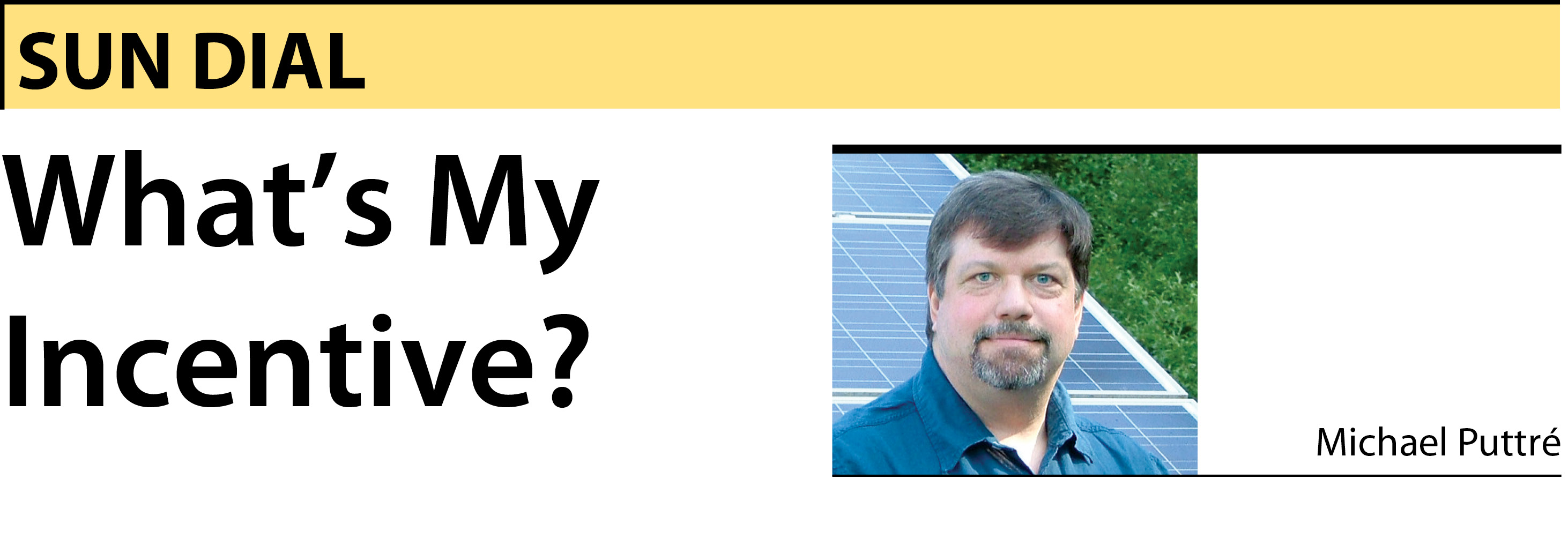

301 Moved Permanently
I finally got around to watching “Freakonomics,” the 2010 documentary based on the book of the same name by economist Steven Levitt and journalist Stephen Dubner. In a nutshell, the film explores the notion that incentives drive behavior. The freak part is that these incentives are not always financial nor are they always readily apparent. However, finding the answer to the question “What is his or her incentive?” is necessary for truly understanding human behavior. This is an interesting - even enlightening - if not particularly controversial conclusion.
Yet, incentives can be quite controversial, can’t they? Waiting in the airport in San Francisco for a flight home after the Intersolar North America conference, I made the mistake of bringing up incentives in the solar sector with the CEO of a company that makes solar mounting equipment. It was a subject near and dear to his heart, and one on which he had strong opinions. In a nutshell: “Incentives good!” Which is fine; I was just a little burned out on solar at that moment, if you will forgive me.
The point is that incentives are clearly front and center in the minds of solar sector professionals. The form of these incentives tends to be those offered directly by federal and state governments as tax breaks or those offered by a utility as energy credits, rate premiums or some other program. In the case of utilities, I use the term “offer” loosely. The utility’s incentive is generally to not run afoul of the law.
On the other hand, some utilities see such programs as opportunities. I was extremely interested in an aspect of the Long Island Power Authority’s (LIPA) proposed new feed-in tariff (FIT) program that attempts to channel the incentives it feels compelled to offer to accomplish an important objective of its own (see “LIPA Unveils 100 MW Solar FIT Program”). LIPA was facing increasing loads on the South Fork, particularly during the summer season. For a number of reasons, it wanted to avoid building additional generation, transmission and distribution infrastructure in people’s backyards.
Therefore, LIPA designed the FIT so that approved solar projects located east of its Southampton substation would receive a $0.07 per kWh premium over the contract rate. At a stroke, LIPA is satisfying its mandate to provide solar incentives while, at the same time, using solar as a means of meeting increased loads while deferring capital investment in power infrastructure. And perhaps deferring a perfect storm of NIMBY backlash.
Freaky. S
SUN DIAL
SUN DIAL
si body si body i si body bi si body b
si depbio
- si bullets
si sh
si subhead
pullquote
si first graph
si sh no rule
si last graph